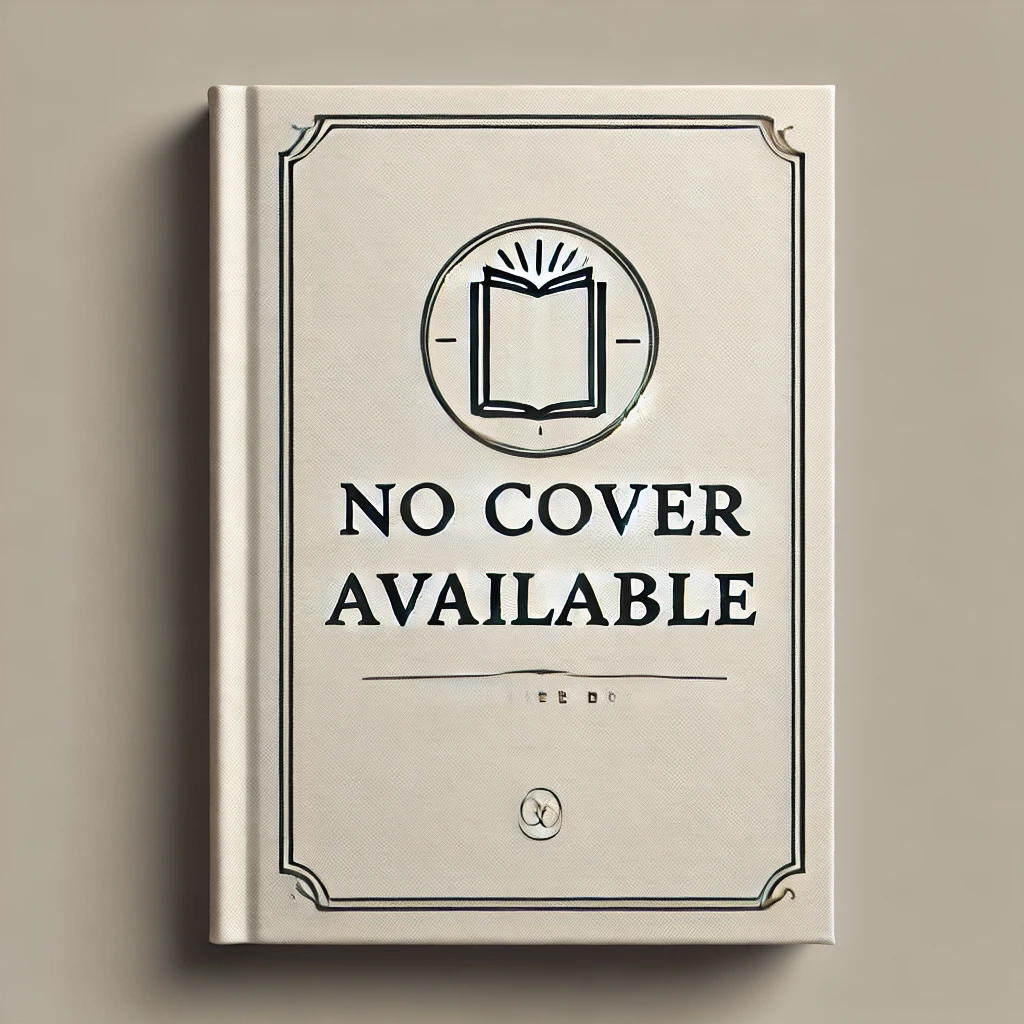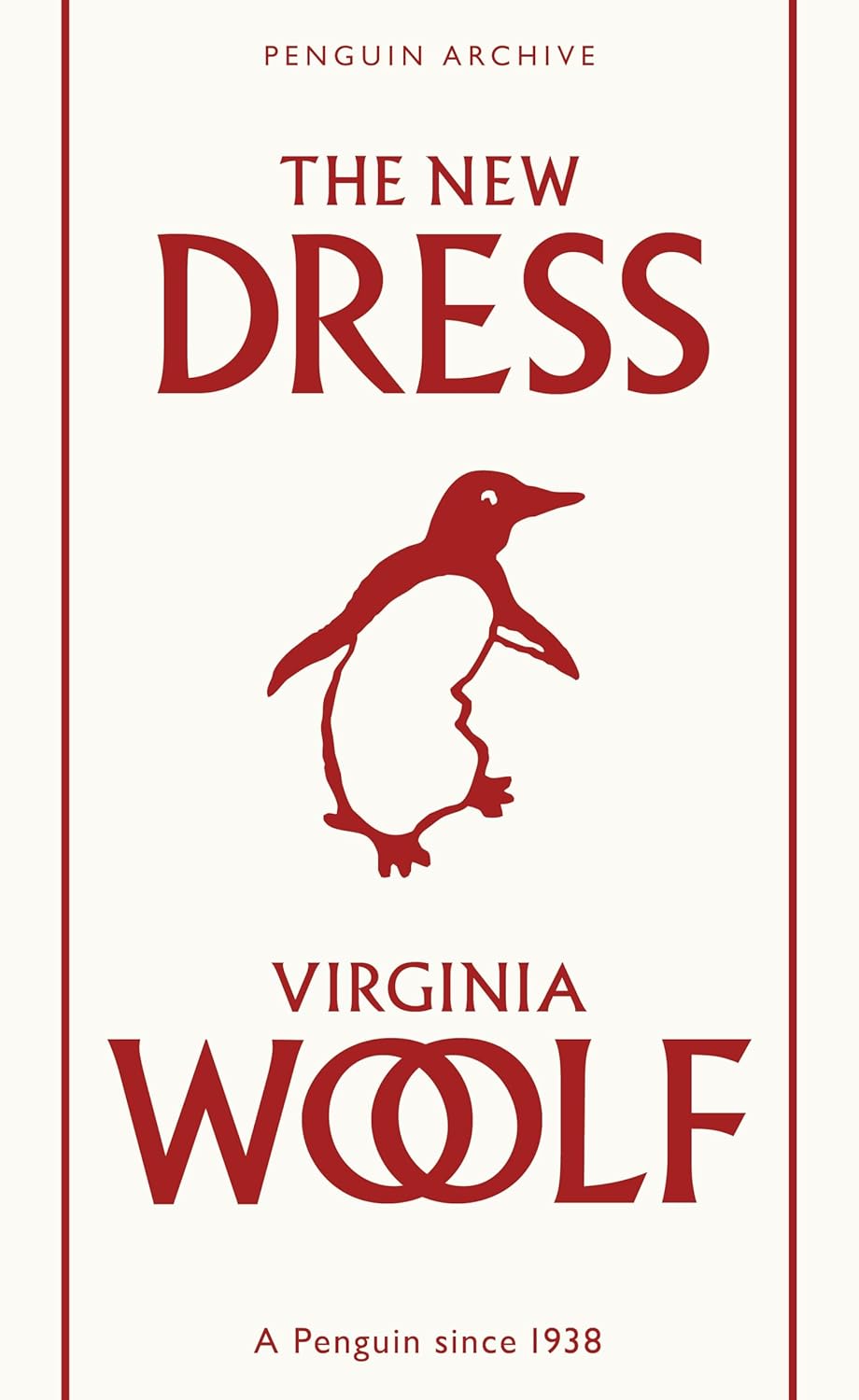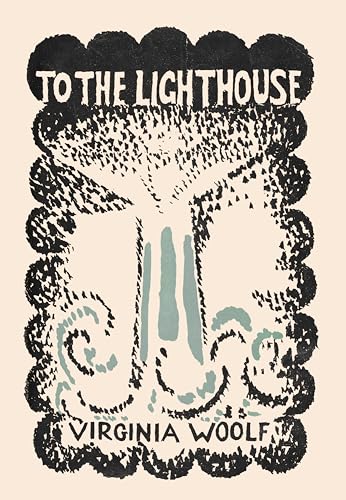Between the Acts is the final novel by Virginia Woolf, published in 1941 shortly after her suicide. This is a book laden with hidden meaning and allusion. It describes the mounting, performance, and audience of a festival play (hence the title) in a small English village just before the outbreak of the Second World War. Much of it looks forward to the war, with veiled allusions to connection with the continent by flight, swallows representing aircraft, and plunging into darkness. The pageant is a play within a play, representing a rather cynical view of English history. Woolf links together many different threads and ideas - a particularly interesting technique being the use of rhyme words to suggest hidden meanings. Relationships between the characters and aspects of their personalities are explored. The English village bonds throughout the play through their differences and similarities. (wikipedia.org)
Virginia Woolf
Virginia Woolf was a prominent English writer and modernist literary figure. Known for her stream-of-consciousness writing style, she challenged traditional narrative structures and explored themes of gender, class, and mental health in her works. Some of her most notable works include "Mrs. Dalloway," "To the Lighthouse," and "Orlando." Woolf's contributions to literature include her innovative approach to character development and narrative technique, as well as her exploration of the inner lives of her characters. Her most famous work, "Mrs. Dalloway," is considered a masterpiece of modernist literature and a reflection of Woolf's unique literary voice. Woolf's impact on the literary genre is undeniable, as she paved the way for future generations of writers to experiment with form and style in their own works.



